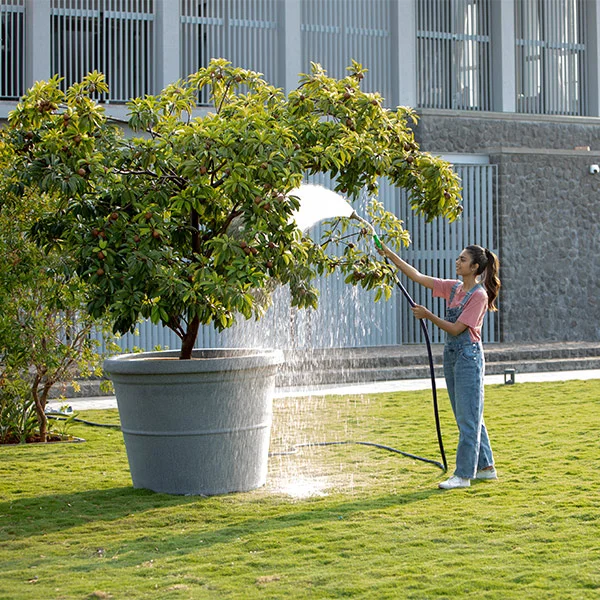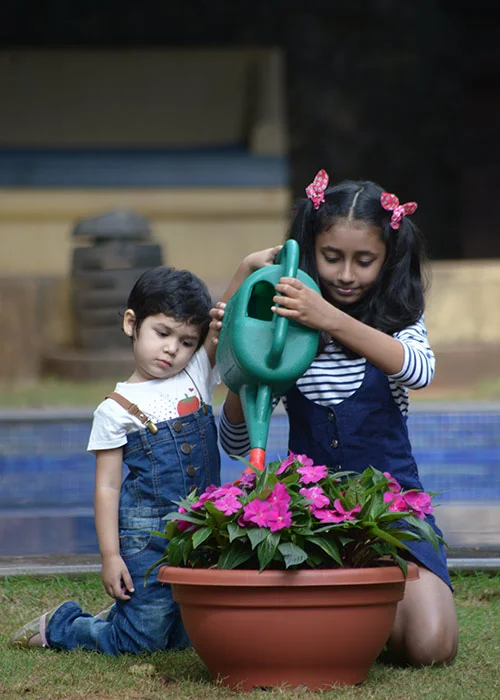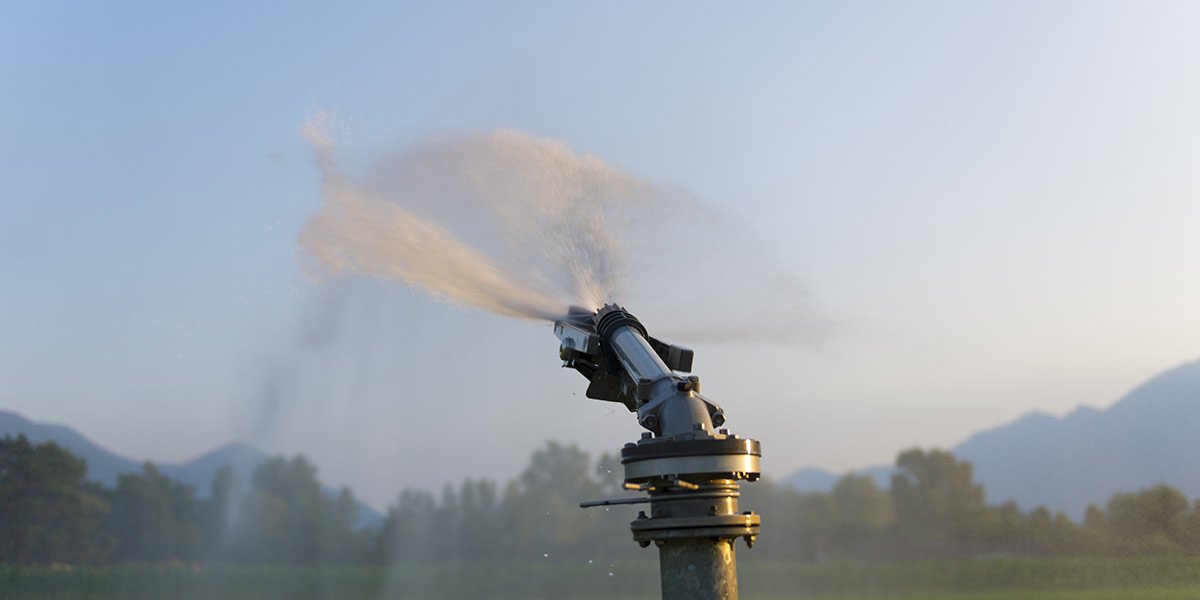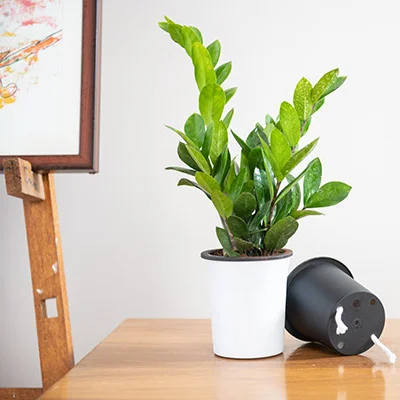Watering plants
Watering plants can be a delicate dance, where the rhythm and timing are as crucial as the volume itself. Understanding the water needs of your plants is paramount; while some thrive in moist conditions, others prefer drier soil. Therefore, it’s essential to pay attention to the cues your plants provide, such as drooping leaves or dry soil, and adjust your watering volume accordingly. Watering plants deeply and infrequently is preferable to frequent shallow watering, as it encourages roots to grow deeper and promotes overall plant health. By mastering the art of watering plants and understanding their individual water requirements, you can nurture a thriving indoor garden that brings beauty and vitality to your space.Can for watering plants
When it comes to watering plants, the vessel used, such as a watering can for watering plants, can significantly influence the process and outcome. More frequent waterings may be necessary during hot, dry spells or for plants in smaller pots with limited soil volume, but the overarching goal remains the same: to provide the right amount of water at the right time. However, water quality itself is equally important; while tap water is suitable for most plants, its chlorine content can be harmful to sensitive species. In such cases, opting for rain water or allowing tap water to sit for a day to dissipate chlorine can ensure optimal plant health. Establishing a watering schedule based on factors like plant type, soil moisture levels, and environmental conditions can help maintain consistency and prevent both under and overwatering. Ultimately, the goal is to strike a balance, providing sufficient water to support healthy growth and development while avoiding water stress and related issues.Watering can
Watering plants is a timeless ritual, a delicate choreography between caregiver and green companion that hinges on finding the perfect balance. The trusty watering can, a symbol of nurturing and growth, becomes an extension of one’s hand, delivering life-giving moisture with each gentle pour. While tap water is the default choice for many, its chemical additives can be a concern for sensitive plants, prompting alternatives such as rainwater or filtered water. In the dance of frequent watering versus regular watering, understanding the needs of each plant is paramount; some thrive on a consistent schedule, while others prefer a drier spell between drinks. Exploring watering options unveils a spectrum of possibilities, from bottom watering to misting, each offering its own unique benefits and challenges. And then there are the marvels of self watering plants, where innovative designs take the guesswork out of hydration, providing just the right amount of moisture as needed.Watering plants tools
Watering plants is an art form that requires the right tools and techniques to ensure optimal growth and health. Among the essential watering plants tools, the watering can for garden emerges as a trusty ally, its spout delivering a gentle cascade of nourishment to thirsty soil. However, the source of water matters just as much as the vessel; while local water is convenient, its mineral content can vary and may affect plant health. Understanding the watering process involves more than just pouring water onto soil; it’s about providing the right amount at the right time, considering factors like soil type, weather, and the plant’s water needs. For larger water quantities, such as those required for expansive garden beds or thirsty vegetable patches, alternative methods like drip irrigation or soaker hoses may be more efficient and practical.Watering plants in garden
Watering plants in the garden is a harmonious dance between nature and nurture, where understanding the specific watering needs of each plant is key to fostering a thriving ecosystem. Sometimes, low watering volume is all that’s needed, particularly for drought-tolerant varieties or plants with shallow root systems. The proper watering amount is the lifeline of every plant, dictating its growth, health, and overall vitality.Garden watering pipe
The garden watering pipe is more than just a conduit for hydration; it’s a lifeline connecting the gardener to the green world, delivering sustenance to every leaf and petal. Yet, within this seemingly simple act lies a world of intricacies and considerations. Water loss, for instance, is a constant threat, whether through evaporation under the scorching sun or runoff on sloped terrain. Complete watering instructions extend beyond mere application, encompassing factors like soil moisture levels, plant species, and weather patterns. Understanding how water affects plant growth is essential; it’s not just about quenching thirst but also facilitating nutrient uptake and maintaining turgor pressure within cells. Some plants have high watering requirements, their lush foliage and vigorous growth demanding a steady supply of moisture to thrive.3 Good Methods To Water Your Plants

Are you looking for the best way to water plants? Proper watering of plants is essential to maintaining a healthy and thriving garden. Knowing the best methods to water your plants is the first step to keeping them looking their best. In this article, we’ll look at the benefits of watering plants, 3 of the best methods to water your plants, and the optimal time of day to water your plants. Let’s get started!
Methods of watering plants
Proper ways of watering plants are essential to keep them healthy and strong – but how you do it can make all the difference. In this article, we’ll explore three different ways for watering of plants: a watering can, a hose with tap connector, and an irrigation system.

Watering Can
A watering can is an easy and effective way to water your plants. A watering can for indoor plants is suitable, and a large watering can for gardens that provide precise and targeted water delivery. A watering can ensure the evenly distributed water to avoid over or under-watering your plants. Additionally, ensure you’re using a clean can and non-chlorinated water to avoid harmful chemicals that can harm the plants. Finally, depending on the size of your garden, you may opt for a large watering can with a larger spout for more efficient watering.
Hose with tap connector
Using a hose with tap connector is one of the most convenient ways for watering of plants. Connecting a hose to an outdoor faucet or an irrigation system will give your plants a steady, controlled water flow. To ensure that your plants get enough water, attach a sprinkler head to the end of the hose to evenly distribute the water. Keeping a timer on the hose will also ensure that you don’t over or underwater your plants. With a hose, you can easily water your plants any time of day, allowing you to have healthy, lush plants all summer long.

Irrigation System
An irrigation system is an excellent method to water your plants due to its efficiency and convenience. With an irrigation system, you can easily control the amount of water each plant receives and save time by not having to water each plant manually. Several types of irrigation systems are available such as drip systems, sprinkler systems, and spray systems. Drip systems are particularly popular for watering of plants as they deliver water directly to the root zone, ensuring your plants get the best hydration. In addition, irrigation systems are easy to install and maintain, making them a great long-term solution for your plants.

Self-watering planters
Self-watering planters are an excellent way to keep your plants watered consistently. These self-watering planters are designed to release water slowly over time, ensuring that your plants get the right amount of water at the right time. With self-watering planters, you don’t have to worry about over-watering or under watering your plants, as the planter regulates your water level. Additionally, these self-watering planters are often designed with an air-flow system that helps to aerate the soil, allowing for better root growth.

Best time to water the plants
One of the most common questions gardeners ask is whether they should water their plants in the morning or evening. The answer to this question depends on the type of plants you have. Generally, for plants that prefer full sun, it’s best to water in the morning, so the leaves have time to dry off in the sun throughout the day. That way, you can avoid fungal diseases from wet leaves during nighttime. For plants that prefer shade, you should water them in the evening, as this allows their roots to absorb the water overnight. Remember that the best time to water your plants is when their soil is dry. So, assess the moisture in the ground before you water your plants
Watering of plants is important in caring for them. By understanding the benefits of watering and the different methods available, you can ensure that your plants receive the proper water to keep them healthy and thriving. In addition, you can easily and effectively water your plants with a watering can, a hose with tap connector or irrigation system, or a self-watering planter. Finally, the best time to water the plants depends on the weather conditions and the types of plants you have. For example, watering in the morning gives your plants the water they need to endure the heat of the day while watering in the evening prevents moisture loss
